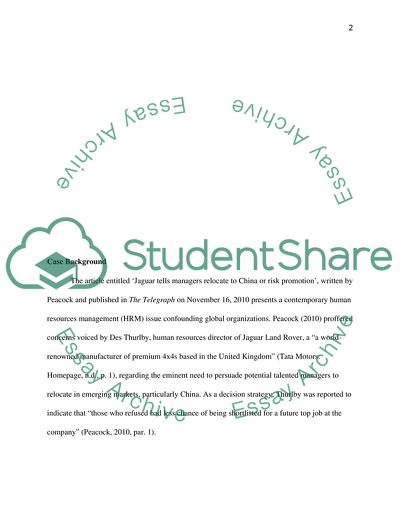Cite this document
(HRM Issue Confounding Global Organizations Research Paper - 4, n.d.)
HRM Issue Confounding Global Organizations Research Paper - 4. https://studentshare.org/human-resources/1752549-hrm
HRM Issue Confounding Global Organizations Research Paper - 4. https://studentshare.org/human-resources/1752549-hrm
(HRM Issue Confounding Global Organizations Research Paper - 4)
HRM Issue Confounding Global Organizations Research Paper - 4. https://studentshare.org/human-resources/1752549-hrm.
HRM Issue Confounding Global Organizations Research Paper - 4. https://studentshare.org/human-resources/1752549-hrm.
“HRM Issue Confounding Global Organizations Research Paper - 4”. https://studentshare.org/human-resources/1752549-hrm.


